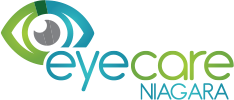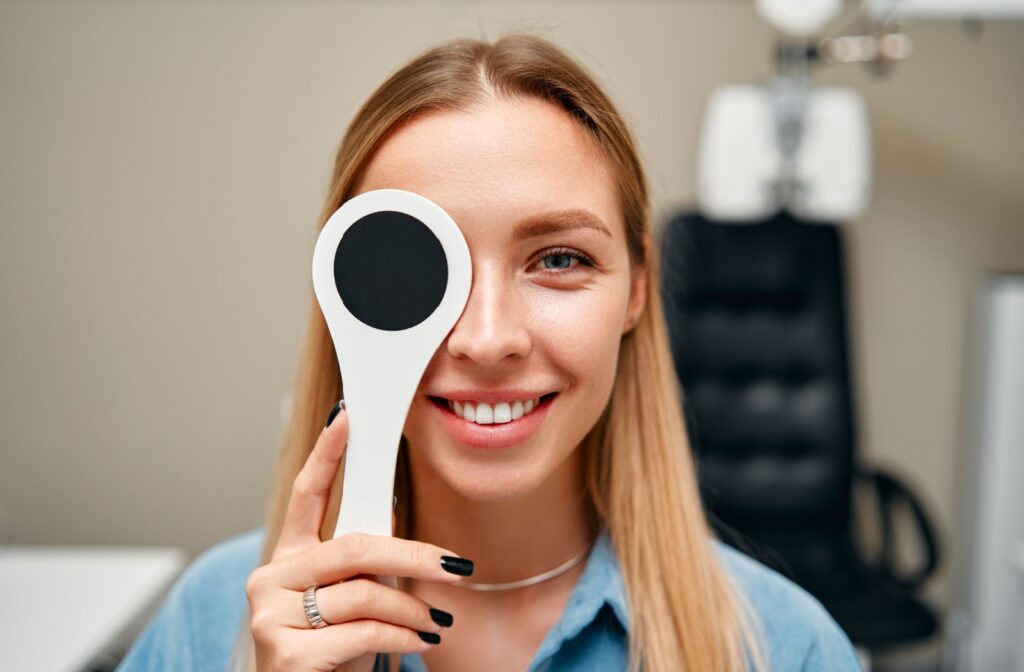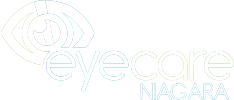Regular eye exams are crucial for children, adults, and seniors. In Ontario, the Ontario Health Insurance Plan (OHIP) plays a pivotal role in providing healthcare coverage, but when it comes to eye exams, many are left wondering, “What’s covered?”
OHIP covers eye exams for ages 19 and younger, 20 to 64, and 65 and older. The frequency is based on whether they have one or more sight-threatening conditions.
The Importance of Regular Eye Exams Across Ages
Eye exams are more than just vision tests; they are comprehensive evaluations of eye health and can detect developing vision problems before they progress along with underlying health issues like diabetes or high blood pressure.
Regular eye exams are essential for:
- Children to monitor proper visual development and academic performance.
- Adults to maintain vision and eye health and adjust prescriptions.
- Seniors to identify age-related eye conditions early on.
How Often Do You Need an Eye Exam?
How often you need an eye exam can depend on several factors, such as age, family history of eye disease, risk of developing eye disease, eye health, and any pre-existing health issues that can affect your eyes. However, a good place to start is to follow the recommendations set by The Canadian Association of Optometrists on comprehensive eye exams:
- Infants and toddlers: First eye exam between 6 and 9 months.
- Preschoolers: One eye exam between 2 and 5 years.
- School-aged children: Annual eye exams between 6 and 19.
Understanding OHIP’s Coverage for Eye Care Services
OHIP provides residents access to essential medical services. However, its coverage for eye care services, particularly eye exams, varies based on age, medical conditions, and other specific criteria.
Children & Youth
OHIP covers the cost of one comprehensive eye examination per year for children and youth aged 19 and under. This coverage is vital for detecting vision problems that could affect early learning and development. OHIP also covers partial examinations between regular check-ups for a specific eye or vision problem.
Adults
OHIP covers one comprehensive eye exam and a maximum of 2 follow-up partial examinations annually for adults between the ages of 20 and 64 with one or more sight-threatening conditions. Sight-threatening conditions can include the following:
- Diabetes: You will need to provide a confirmed diagnosis of diabetes, a list of medications, or a letter from a physician to verify the diagnosis.
- Glaucoma: A confirmed glaucoma diagnosis is eligible for an annual OHIP-insured comprehensive eye exam. An exam to determine if you have glaucoma isn’t covered by OHIP.
- Cataracts: Early cataracts that don’t impair vision aren’t eligible for OHIP-insured eye exams. However, if the exam determines that surgery is required, the exam is covered by OHIP.
- Retinal disease: An acute or progressive retinal condition is eligible for an OHIP-insured comprehensive eye exam.
- Corneal disease: A stable corneal condition isn’t eligible for OHIP-insured eye exams. However, an acute or progressive corneal disease is eligible for an OHIP-insured comprehensive eye exam.
- Optic nerve pathway disease: An acute optic nerve pathway disease or a progressive optic pathway disease is eligible for an OHIP-insured comprehensive eye exam.
- Uveitis: An active condition at the time of the exam is covered by OHIP.
- Medication: Patients taking Chloroquine, Hydroxychloroquine, Ethambutol, and Tamoxifen are eligible for an annual OHIP-insured comprehensive eye exam.
- Strabismus: A sudden onset of strabismus (crossed-eyes) is eligible for an OHIP-insured comprehensive eye exam.
Seniors
Recognizing the increased risk of age-related eye diseases, OHIP provides the following coverage for seniors:
- One comprehensive eye exam every 12 months for seniors aged 65 and above with one or more sight-threatening conditions.
- One eye exam every 18 months for seniors aged 65 and over without a sight-threatening condition.
- A maximum of 2 partial examinations in between regular check-ups if needed.
Tips for Optimizing Eye Care Within the OHIP Framework
If you visit your eye doctor outside of OHIP-insured services fees may apply. Here are some tips on how you can manage your coverage and additional services:
- Know your coverage: Familiarize yourself with OHIP’s eye care coverage and any additional benefits you may have through private insurance. Also, speak to your eye doctor about direct billing and insurance providers they work with.
- Schedule regular exams: For those with coverage, book annual exams. If you’re paying out-of-pocket, consider setting aside savings for eye health.
- Inquire about additional services: Some eye doctors offer services or screenings within the OHIP-covered exam or at a reduced cost.
Insurance Coverage for Healthy Eyes & Vision
Eye health is integral to overall well-being, and understanding your coverage under OHIP is the first step toward maintaining or improving your vision and eye health. Whether you’re a parent scheduling an exam for your child or an adult or senior navigating coverage options, staying informed and proactive about eye exams is essential.
For more information on eye exams or coverage, contact EyeCare Niagara to discuss your options and book your next appointment.




